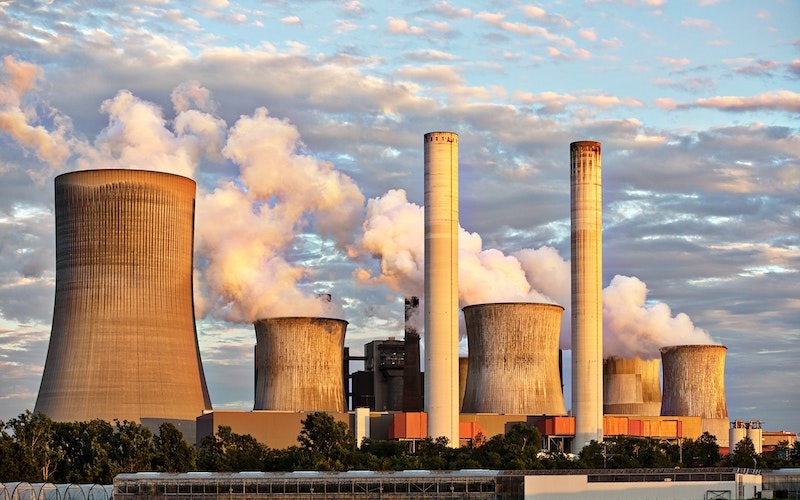Scientists at the Department of Energy announced a breakthrough in nuclear fusion that could change the way the world uses energy.
Nuclear fusion to date has only been a reality in movies and books, but after decades of research and development, scientists for the first time carried out a nuclear fusion reaction that produced more energy than went into it. This is an important breakthrough when it comes to clean safe energy that is abundant and does not pollute the environment or release dangerous levels of radioactive waste.
This is a first step toward a future that has been a long time in the making.
“It’s a true scientific moment,” sayid Kenneth Chang, who covers physics and other sciences for the New York Times. “It lets you look forward and get hopeful about what’s possible.”
Why is This So Important?
As a clean source of energy, nuclear fusion could help replace polluting fossil fuels and overcome climate change. There are many challenges ahead before any of this can become a reality, but nuclear fusion could produce more energy than today’s technologies are capable of.
However, there is still a lot to figure out before any of this is a possibility, experts warn. Can scientists replicate what they’ve only done one time? Can it be done more efficiently and more quickly? Can it be scaled up? All these questions are serious enough that, if not overcome, yesterday’s announcement may ultimately amount to little.
Scientists acknowledged that potentially decades of work remain before this breakthrough leads to widespread commercial use, if it ever does.
All that aside, history was made, and science just took a decades old idea and made it into reality.
“They can say unequivocally that they did a nuclear fusion reaction that produces more energy than goes in to start the reaction,” Chang said. “Nuclear fusion research has been around for 50 years, and no one has been able to say that before.”
How Did They Finally Get it Right?
To date, a majority of nuclear fusion experiments have used doughnut-shaped reactors and magnetic fields to trap hydrogen, fuse it, and release energy. Those experiments have yet to produce more energy than they used. This is the standard they need to meet to be considered a true source of energy.
The Department of Energy’s lab took a different approach. It fired 192 lasers at a tiny hydrogen pellet. This heated up the pellet, causing it to implode, fuse into helium, and release a blast of energy.
The lab had been conducting this experiment for years, tweaking how and where the lasers are fired. On Dec. 5, the changes paid off. The resulting nuclear fusion produced about 50% more energy than the incoming energy from the lasers. Though, firing the lasers uses more energy which means more problems to solve.
Commercially, scientists would have to be able to reproduce the same results safely and reliably by firing lasers up to 10 times a second.
The Department of Energy’s laser complex takes up the equivalent of three football fields, Chang told the New York Times — “too big, too expensive, too inefficient for a commercial power plant.”
For now, scientists are celebrating a new breakthrough that has taken us one step closer to making the world a better place to live. As a clean source of energy, nuclear fusion could help replace polluting fossil fuels and overcome climate change.










